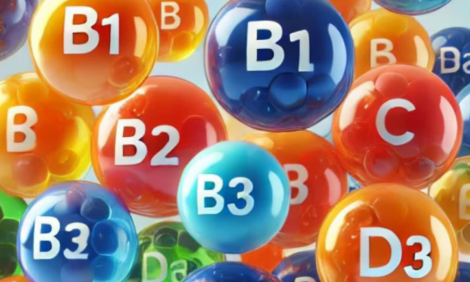



Effects of intermittent lighting on resting behavior by newly weaned piglets
By ST Millman, KC Sheppard, M Madden, A Valliant Department of Population Medicine, University of Guelph - This article is taken from the University of Guelph Swine Research Review 2005 report. Piglets are challenged with a number of stressors during weaning, including environmental, social, and diet changes, and potential introduction to new pathogens. Combined effect of these changes can compromise welfare, immune status, and profitability of commercial operations due to the higher incidence of infections common with weaning.Background
One explanation is that piglets may not attain the ideal amount of rest to cope with the challenges of weaning, since sows cue rest and activity of their piglets with hourly nursing bouts. The importance of rest by piglets is unknown, but has been shown to be an important prognosis of recovery from infections in other species. It is not known if, in the absence of the sow, lighting schedule has an effect on piglet resting behaviour.
Objectives
The objective of this study was to determine if an intermittent lighting regimen would facilitate rest activity of group-housed piglets after weaning.
Methods
Piglets were weaned at weaned at 21 days of age. Two high-weight (thrifty) and two low-weight (unthrifty) were selected from 16 litters, for a total of 64 piglets. One of each type from a litter was mixed with one of each type from another litter for sixteen final groupings of 4 piglets. Over two trials, 8 pens were lit using a standard (8Light:16Dark) lighting regimen, and 8 pens were lit using an intermittent lighting regimen, consisting of 4 periods of 2Light:4Dark. Heat lamps provided dim light during the Dark phase in all treatments. Piglet behaviour was continually recorded on 24hr video-cassette. Videos were scanned every 5-minutes to determine whether piglets were resting or active. Behaviour was compared during 3 days post-weaning.
Results
Overall, resting was not affected by light treatment or whether the piglet was thrifty or unthrifty (P>0.05). However, time spent resting was significantly affected by day, with piglets resting during 80% of observations on the first day post-weaning, but 87% on the fifth day post-weaning (P < 0.05). Weight gain was not affected by lighting treatment, total time spent resting or thriftiness of piglets at weaning. However, there was a trend toward a negative correlation between resting and weight gain for unthrifty piglets (P = 0.0591). There were no immediate effects of lighting on piglet behaviour since piglets did not alter their behaviour during the periods when lights turned on or off.
Take Home Message
Intermittent lighting regimen has little impact on resting behaviour and weight gain of newly weaned piglets, in pens where some light is provided through heat lamps.
Source: Animal & Poultry Science University of Guelph - Reproduced September 2005








